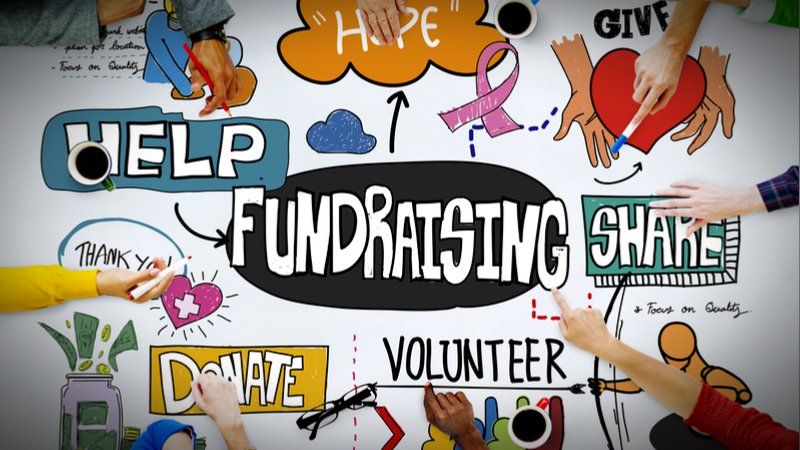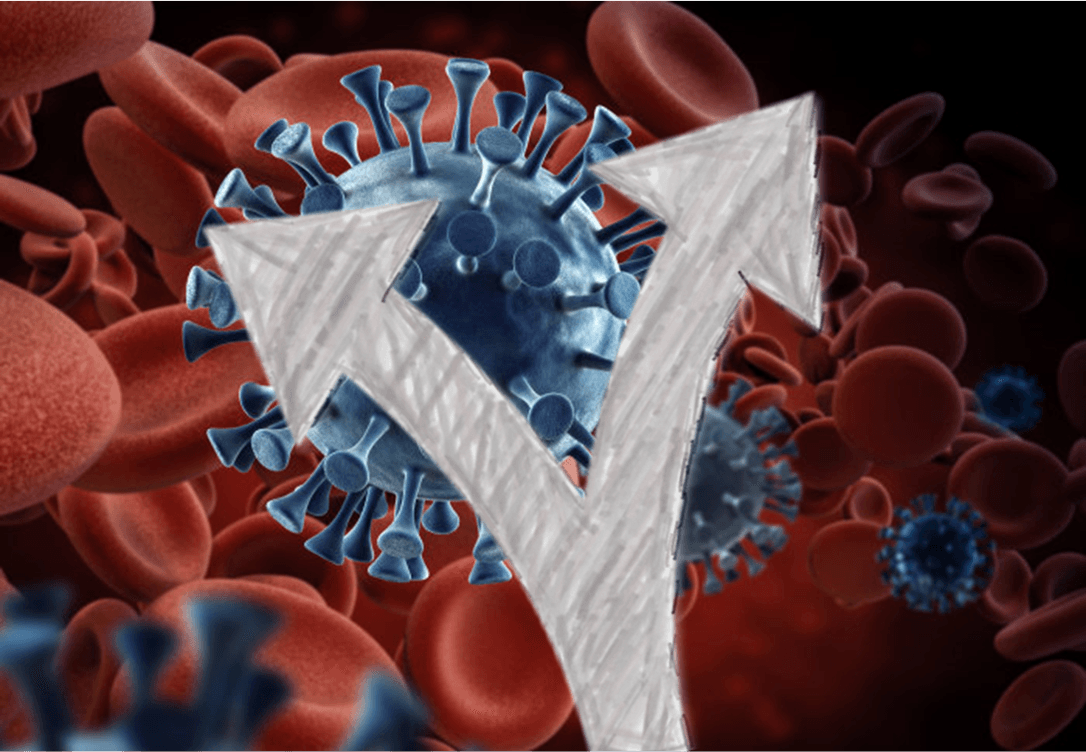Seven things for nonprofits to consider

Most nonprofits have been greatly affected by the Coronavirus pandemic. Organizational responses varied and, in many cases, they were reactive to events on the ground, which happened quickly and often in unexpected ways. As difficult as Covid has been, there finally seems to be a light at the end of the tunnel as vaccines become more widely available. Nonprofits will again need to respond to an evolving environment but this time, there is a window to think strategically, even though the future has uncertainties. Looking backwards is a mistake. It’s a different time, full of challenges as well as opportunities to accomplish more.
Key Things to Keep in Mind
1. Client demand won’t be settled for a while.
Needs changed during the pandemic, and many non-profits had to re-prioritize and even add new programs. Post-Covid, demand will be dynamic—lagging with economic recovery and shifting as conditions evolve. Non-profits need to assess their portfolios and respond strategically, staying consistent with their missions while correctly interpreting and adapting to a rapidly evolving world.
2. Pandemic delivery changes are future opportunities.
Covid brought immediate, unforeseen restrictions on delivery. As in-person becomes feasible again, adaptations made shouldn’t necessarily be discarded. Virtual programs, on-line resources, mobile options, and other methods may be more cost-effective, and can increase scope and/or coverage. Non-profits should align with clients' preferences, while evaluating results vs. required resources.
3. Staff and volunteers may have new responsibilities.
Furloughs occurred during Covid, roles changed with program re-prioritizations, and many nonprofits cross-trained to alleviate shortages in the face of evolving demand. Staff will need to be re-integrated and/or hired, but the work may be different. Assessing requirements, redesigning jobs, and leveraging flexibility from building knowledge across programs and operations will be essential.
4. The remote workplace may be a long-term solution.
For safety reasons, many people moved to remote work during Covid. There were challenges, but also has significant potential, from job satisfaction to reducing the “office footprint.” Non-profits should consider long-term possibilities, weighing staff preferences, productivity, technology and equipment investments, job requirements, and savings opportunities for their organizations.
5. Donor engagement is more important than ever.
The economy forced some “traditional” donors to hold back. Perhaps surprisingly, however, some gave more, and new people also stepped up. As things improve, non-profits need to get past contributors back, sustain higher donation levels, and keep who they’ve added. Outreach will take “all hands,” but the effort invested should lead to a larger base providing more steady income.
6. The need for communications can’t be overstated.
Clients, donors, partners, the general public, and even staff may have known a non-profit pre-Covid, but they may not see how programs, accessibility, and other aspects are changing post-pandemic. Getting the word out about new services, ways to interact, impacts and financial “asks,” etc. will be critical. For some non-profits, messaging may even require re-branding to reflect their evolution.
7. Building on collaboration will increase capacity.
One positive aspect of the pandemic is that it spurred conversations among nonprofits that haven’t always happened. They connected to share challenges and responses, and collaborated to ensure that clients received the help they needed. These interactions should be continued and built upon post-pandemic, so the entire non-profit community is working together to best serve the public.
For most nonprofits, the challenge isn’t simply deciding “when” to “re-open,” but also “how.” The seven considerations discussed above are intricately connected—no change occurs in a vacuum, and actions need to be carefully coordinated. As such, this isn’t the time to be reactionary and attempt to respond “on the fly” once things have already happened. Post-Covid modeling and adaptive strategy is essential, and there’s no better time than the present to come up with one. It’s a new world out there, and there is great potential for non-profits to be even better resources for the populations they serve—if they get ahead of the curve.
Post Authors
Tom Morley -
Managing Director, Snowflake Consulting
Dawn Devine -
Executive Director, Shenandoah Valley Discovery Museum
More Information
Contact us
to learn more about the planning for the post-Covid environment.
SHARE THIS POST











